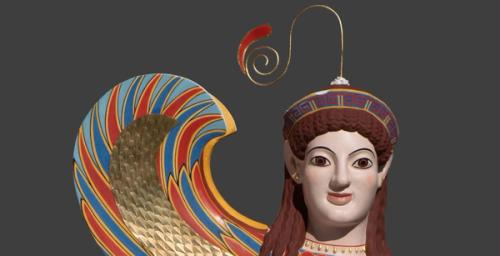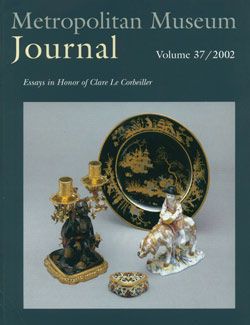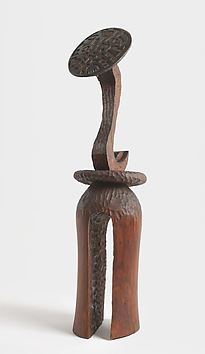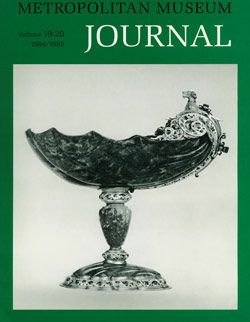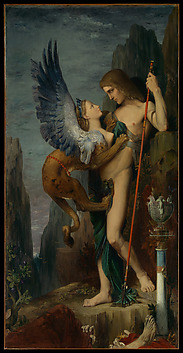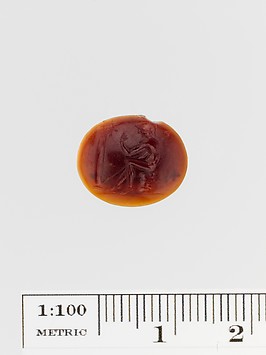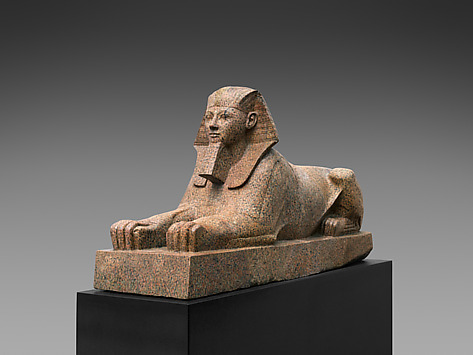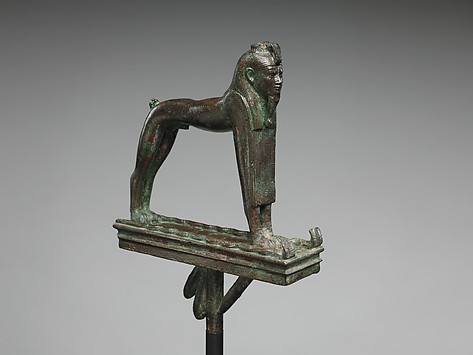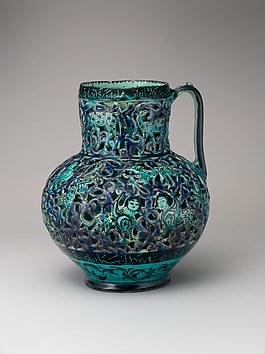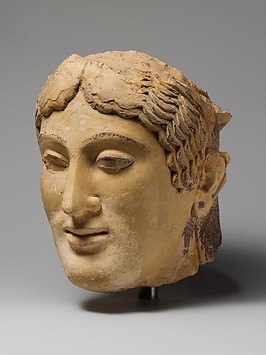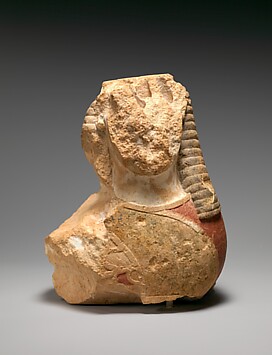Toward the middle of the thirteenth century, a revolution in perception and expression occurred in southern Europe. Philosophy and art, which for centuries had been preoccupied by the mysteries of the Christian faith, began to turn to the beauties of life on earth. Faith, of course, remained firm, and thinkers and artists still took their themes from the Old and New Testaments and the writings of the Church Fathers. But as men and women began to ponder not the next life, but this one, the manner of artistic expression came to reflect this new attention to the form of man himself and the appearance of his physical environment. Compared to the largely liturgical art of the Middle-Ages, the art of what we now call the Renaissance developed a human face: The fiat spaces of devotional art deepened to include the recognizable landscapesin which people lived. Stylized faces and figures became more individualized, and the infinite range of human emotion began to be explored, at first, still in terms of biblical stories, and later, in terms both of classical stories and contemporary portraiture. The principles of this new, representational art became the foundations of modern European expression, and the achievements of fourteenth- and fifteenth-century Italy shaped all subsequent art well into the nineteenth century. The Renaissance in Italy and Spain presents the full range of artistic endeavor from the first awakenings of the Renaissance spirit in the works of Berlinghiero, Giotto, and Pisano, to the climactic creations of Raphael, Michelangelo, Leonardo. Titian, and Veronese—the masters of the High Renaissance. The artists of Italy and Spain worked in every medium, all of which are represented in this volume: paintings, drawings, and prints; sculpture in stone, wood, and terracotta; glass, metal, and porcelain; furniture and musical instruments; costumes and armor. Many of the most familiar masterpieces of The Metropolitan Museum's Renaissance collection are included here, among them, Sassetta's Journey of the Magi, Giovanni di Paolo's Expulsion from Paradise, Mantegna's Adoration, Bellano's David, Botticelli's Annunciation, Pollaiuolo's Battle of the Naked Men, Raphael's Madonna, Bronzino's Portrait of a Young Man, Michelangelo's Study for the Libyan Sybil, and Titian's Mars and Venus,. Shown, too, are lesser-known decorative works of great beauty and signal importance to the development of European art: an anonymousenamel and copper gilt plaque portraying "The Man of Sorrows"; a Spanish alharello, or earthenware apothecary's jar; a Venetian glass goblet; a magnificently crafted parade helmet and suit of armor; and two examples of porcelain utensils created for the Medici family. Frederick Hartt, Paul Goodloe Mclntire Professor Emeritus of the History of Art at the University of Virginia and author of the magisterial History of Italian Renaissance Art, has written an introduction to thisvolume in which he explores the question of why the Renaissance developed as and where it did. Professor Hartt examines the styles and themes of the Renaissance in terms of the objects reproduced in thisvolume in order to explain exactly what we mean by the word "Renaissance" and how we may distinguish among the periods and schools of this fertile and exciting period in European art.
